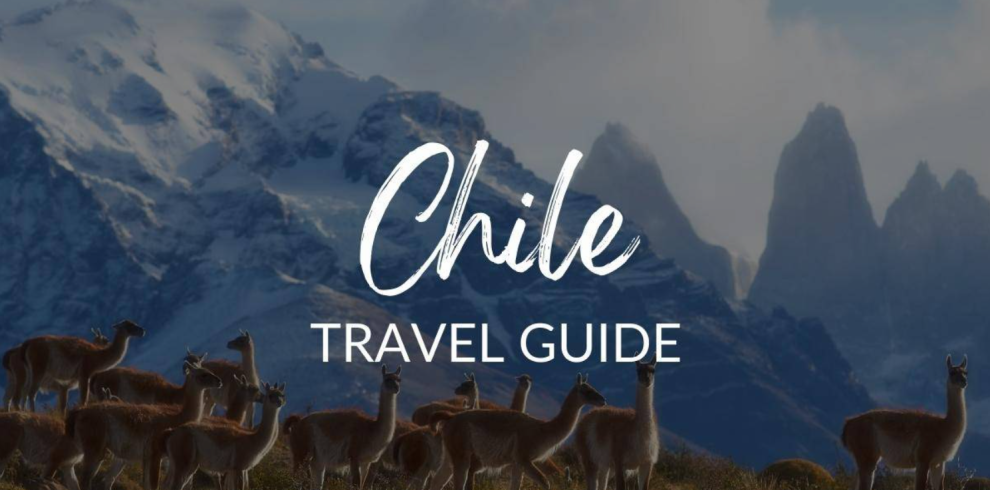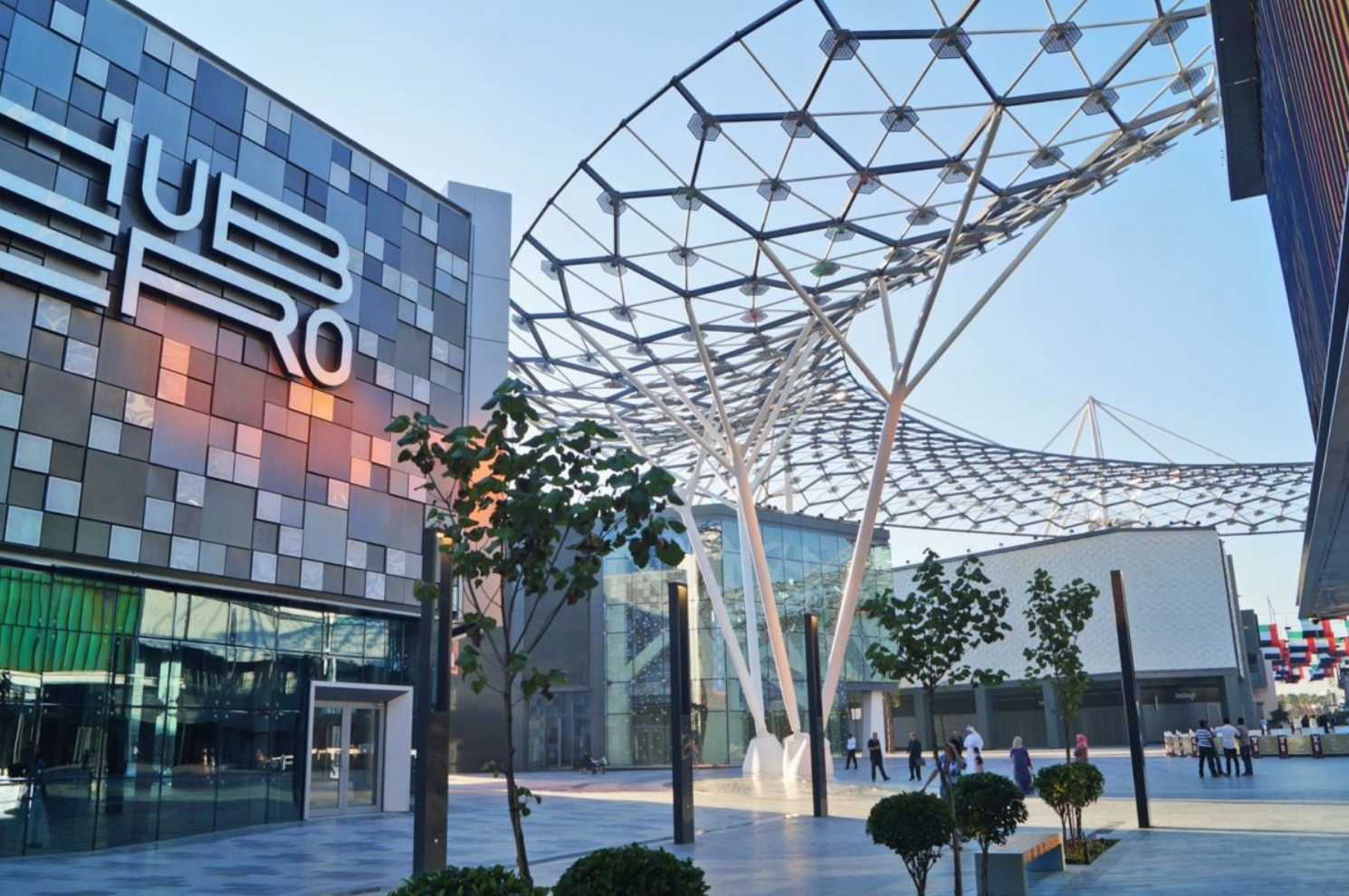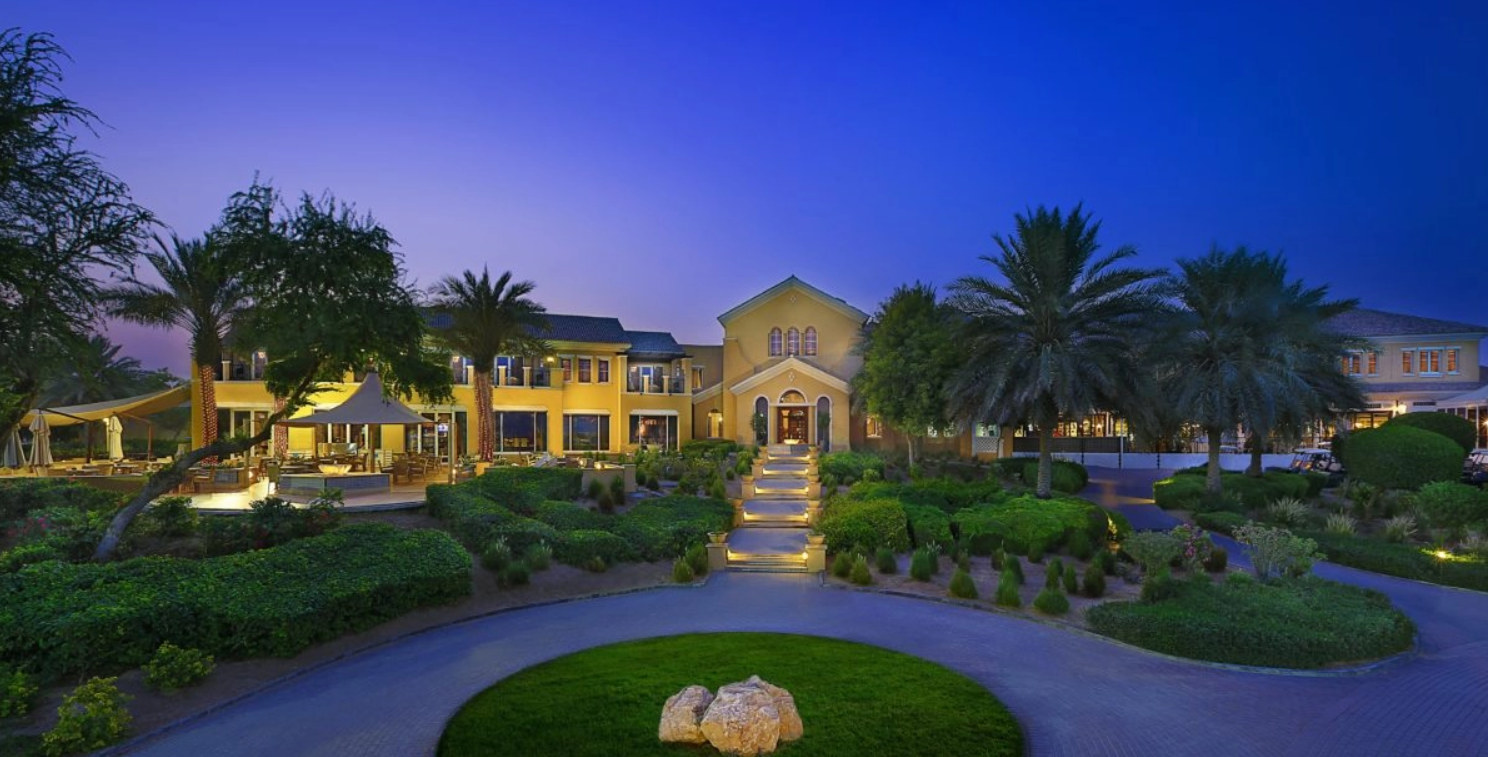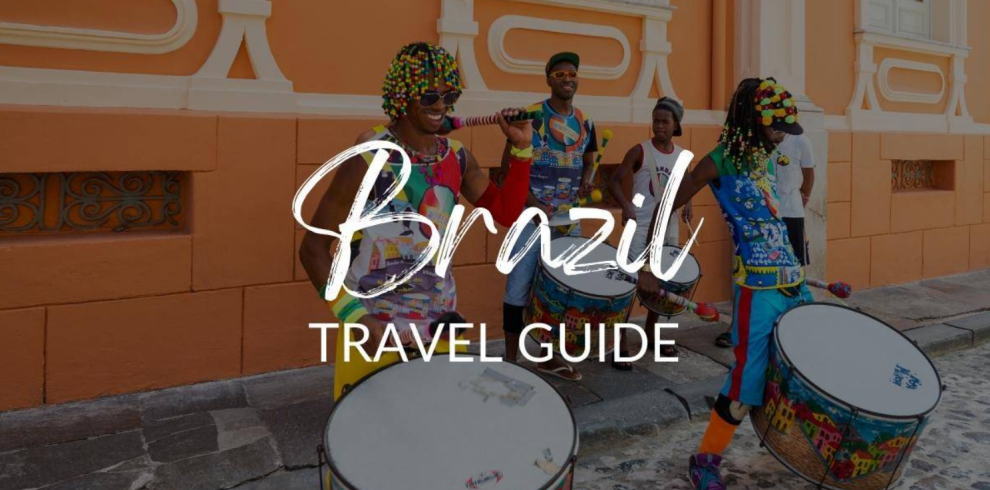If you’re looking to be dazzled by the wonders of nature, Chile is the place to go. In the south, craggy glaciers that kiss the clouds morph into mountains that pour directly into rivers. In the north, it’s a different world altogether: red, rockier, more arid and where one of the world’s driest lands lay, evoking images of Mars or out-of-this-world lands waiting to be explored.
The Highlights

San Pedro de Atacama
A stone’s throw away from Bolivia’s southernmost border with Chile is San Pedro de Atacama, an oasis set atop a plateau in the Andes. It’s a jumping off point to stunning natural sights – geysers, desert land formations, salt flats – but it’s also a destination in its own right. Travel along its charming, adobe-paved streets, breathe in its relaxed vibes and refuel in its restaurants.
Santiago
Don’t let Chile’s wildness fool you. Its capital city, Santiago, is as modern and bustling as they come. Nestled under the keen watch of the rugged Andes, this metropolis’ energy is infectious, its history engrossing and its individual neighbourhoods idiosyncratic. Indulge in a pisco sour and dance the night away. In the daytime, visit museums, see its finest architecture and drink Chilean wine.


Chilean Wine Regions
Whether you’re travelling by car or giving your legs a good workout by cycling your way through the valleys, Chile’s wine regions are your ideal destination. They’re not only great for sampling the country’s legendary wine varieties, but also a charming venue for much-needed unwinding. Start in Casablanca and head south to Maule, stopping in San Antonio, Maipo and Colchagua along the way.
Elqui Valley
While Elqui Valley is another famous wine region in the country, it’s better known for producing Chile’s favourite liquor, the pisco brandy. Plus there are other attractions to visit as well. Make your way north from Santiago and visit distilleries for tastings, explore the small town of Vicuña and stop by the observatories in the area. Save Observatorio Cerro Mamalluca for last for stargazing.


Atacama Desert
San Pedro de Atacama isn’t the only visit-worthy place in the arid Atacama Desert. The destination offers a myriad of unforgettable diversions. Start your day early as there’s much to do. Visit the El Tatio geysers, go sandboarding at Valle de la Muerte, float in the Cejar Lagoon, and see Valle de la Luna or Salar de Atacama at sunset. Finally round out your perfect day with a bit of stargazing.
Valparaiso
It would be very remiss of you not to visit the UNESCO World Heritage Site of Valparaiso, a colonial port town about two hours northeast of Santiago. Here, the sea meets the hills, and in between are colourful colonial houses, painted staircases and a bohemian flair. Neruda often wrote about it whilst artists roam its streets, painting its walls with some of the best street art in South America.

Contact Klub Advisor for personalised travel offers, dates, prices & payment options. Find out the latest travel requirements for your trip. Send your enquiry via the form below. If you’re club member, click on the icon in the right-hand corner and write to WhatsApp to start a discussion.
When to Visit
Peak Season
NOVEMBER TO MARCH
Generally speaking, Chile is a year-round destination. Thanks to its diverse landscapes, each of its main tourist regions has its own ideal season for visiting. November to early March are essentially its busiest months when the weather is in its most ideal and Chile as well as its neighbouring countries are on a summer break. The downsides are that prices skyrocket especially from December through February, and the tourist traffic is at its heaviest. If you have the budget, it’s the best time to visit the beaches and Patagonia. If you don’t, you might save some cash during the shoulder season from September through November.Low Season
JUNE TO AUGUST
In the wintertime, the southern Chilean region is not exactly the most ideal place to visit, unless of course you’re doing a winter expedition. This is why it’s Chile’s low season, when most of the country’s most popular attractions temporarily shut their doors. Funny enough, it’s the best time to visit the northern sections like the Lake Region and the snow-covered Andes. Frolicking in the snow – whether on skis, snowboards or snowmobiling – is the favourite pastime. If you dislike the snow, fall from March to May might be ideal. Make a beeline for the wine country for the harvest fests. Extend through April to see fall foliage in the south.











